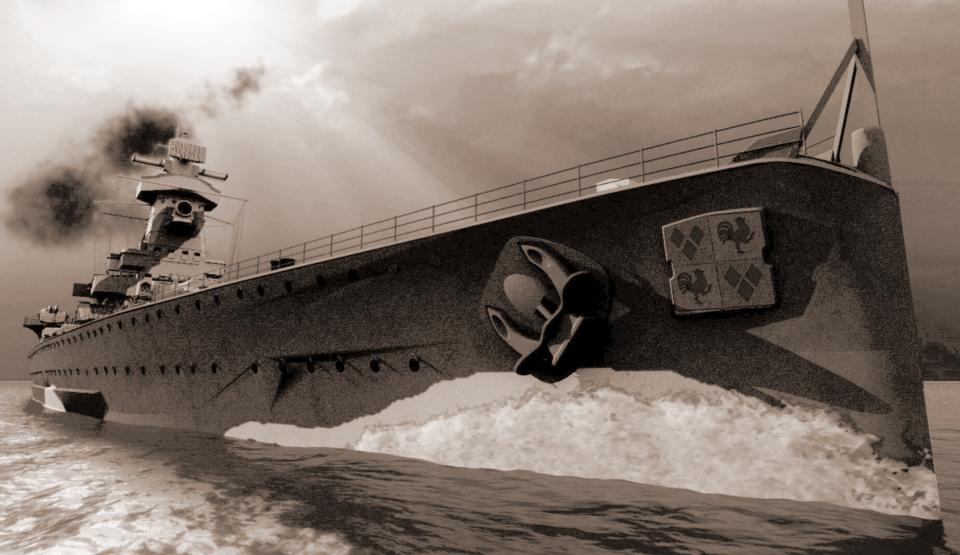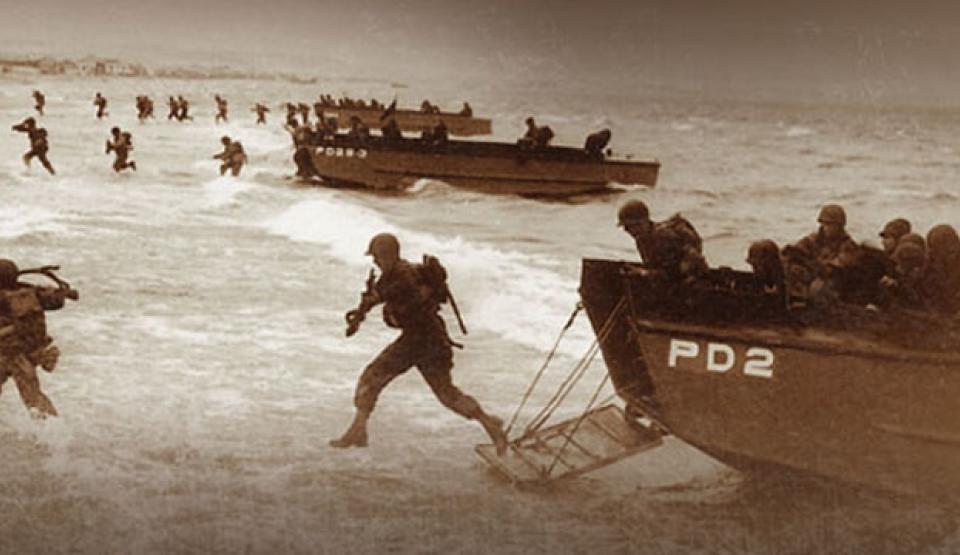As World War II drew to a close, after Nazi troops had devastated large parts of Europe with an enormous death toll, the war came back to where it came from: German cities were reduced to rubble in Allied bombing raids. The Luftwaffe was no longer able to cope with the overwhelming air superiority of the Allied forces.
In a desperate response, the German engineer Erich Bachem developed the Bachem Ba 349 Natter (“Viper“), a rocket-driven vertical takeoff plane intended for interceptor duties to protect the civilian population and point targets. The Natter was far ahead of its time, integrating state-of-the-art technologies and manufacturing processes that are still used in the aerospace industry today. Tests ran successfully and the world’s first vertical takeoff of a manned rocket-powered aircraft took place shortly before the end of the war in Stetten am kalten Markt, Swabia. However, the experiment proved fatal for test pilot Lothar Sieber.












